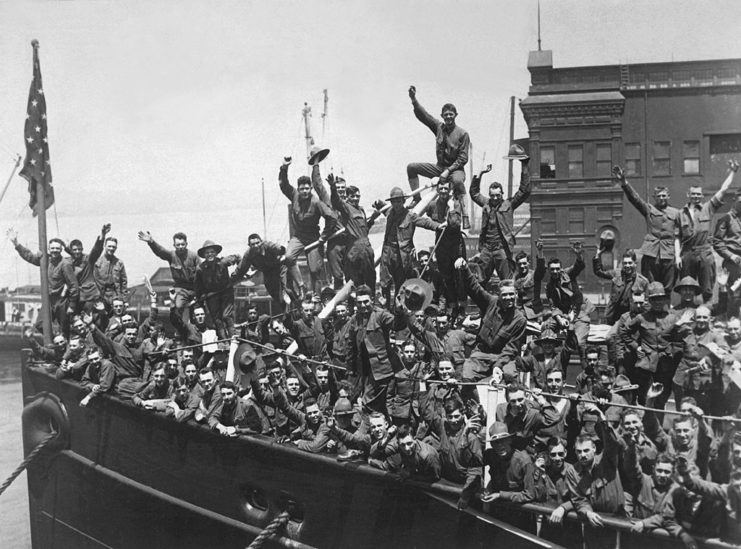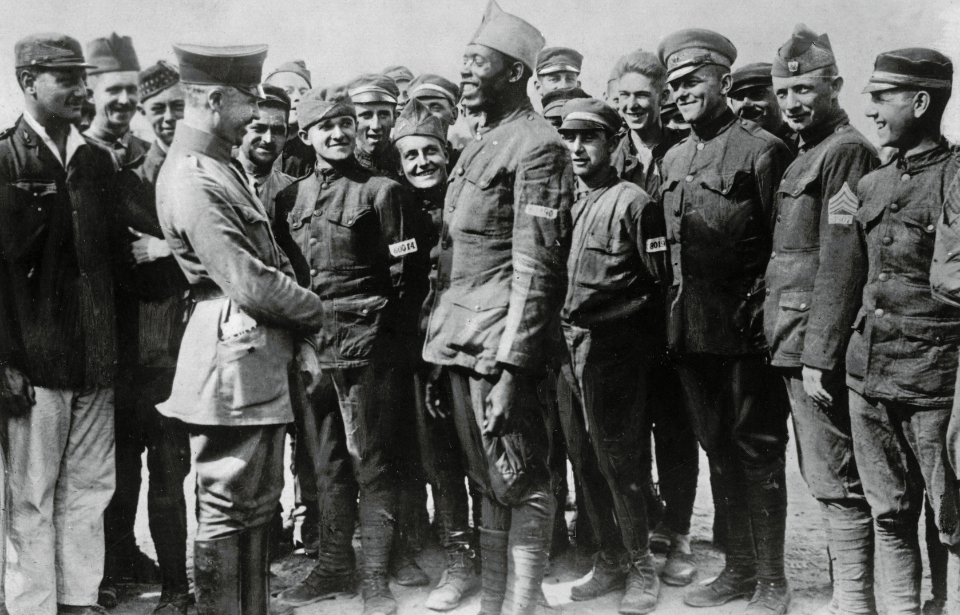Perhaps no other war in history has attracted as much scrutiny as the First World War. With attention comes myths, misinformation, and controversies that have the potential to persist for long periods. These myths could be potentially damaging to the soldiers and civilians who experienced the War, as well as those who have been involved in other military conflicts throughout history. Here are some of the most well-known myths surrounding the First World War that experts and historians have debunked.
1. The machine gun wasn’t responsible for the most deaths
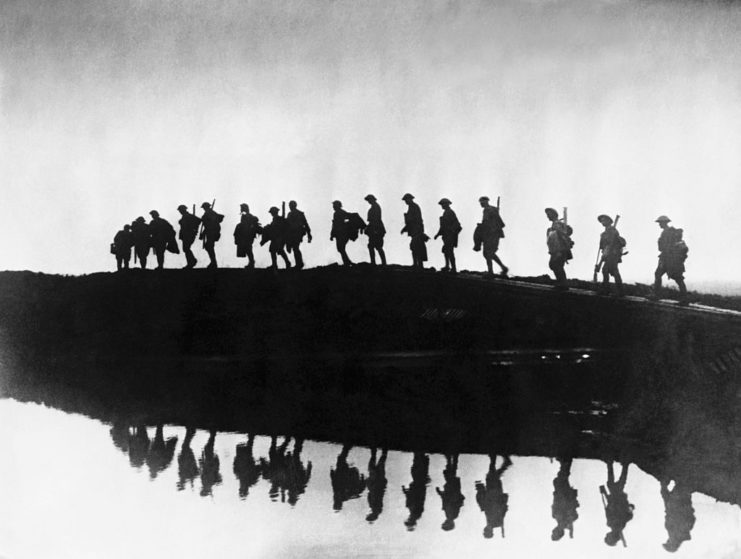
Some people believe that the machine gun was responsible for the majority of the deaths in the First World War. The reason for this misconception is most likely because the machine gun is the weapon commonly associated with the War in popular memory, especially when we imagine troops “going over the top,” armed with machine guna, running into no-man’s land.
Although this is a powerful image, artillery weapons were actually responsible for causing the biggest number of deaths during the War. Small arms were responsible for the second largest number of casualties in the First World War. On the Western Front between 1915 and 1918, artillery was responsible for seven out of ten British casualties. These statistics were similar for the French army when it came to cause of death.
2. Soldiers didn’t live in the trenches for years
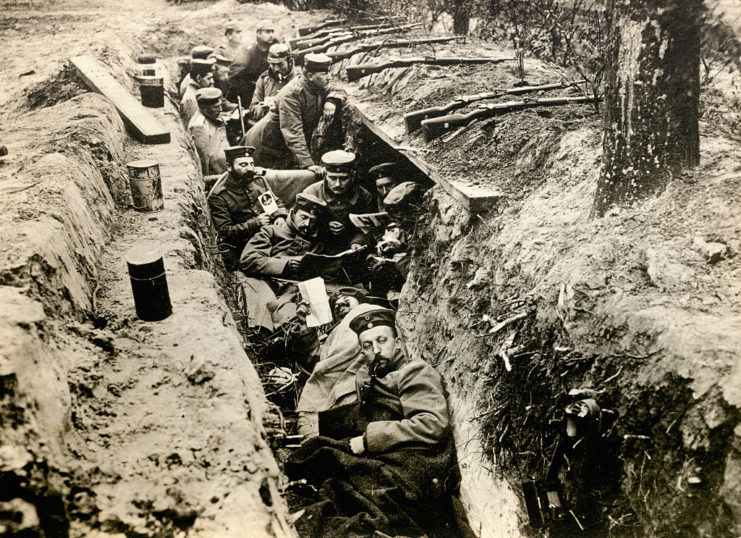
The First World War saw a new kind of fighting – trench warfare. The living conditions in the trenches were awful- men were crammed together, and the trenches often were filled with water, mud, and rats. However, most soldiers only spent an average of four days at a time in a front-line trench. Soldiers would often lose their morale if they spent too much time in the trenches.
The British Army specifically rotated their men constantly in and out of the trenches. Between battles, a unit would spend only around 10 days in a month in the trench system. It was not unusual for soldiers to be out of the trench line for a month at a time.
3. The impromptu truce on Christmas 1914 wasn’t recognized everywhere
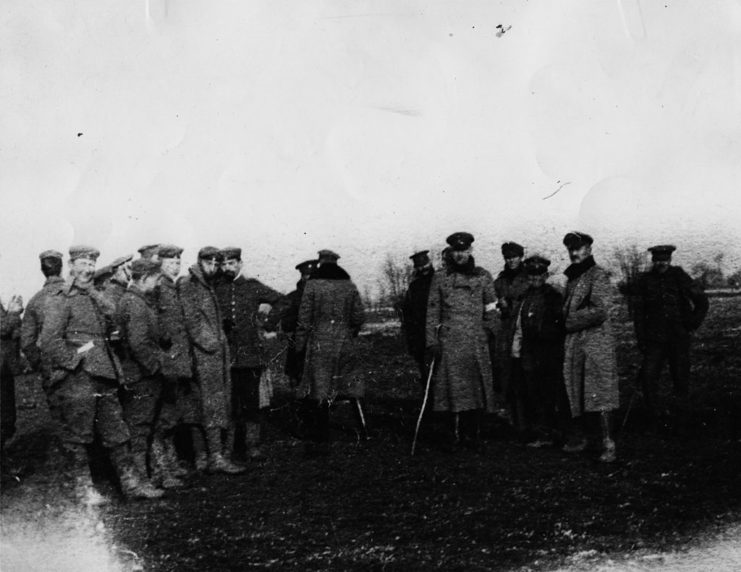
One of the more heartwarming stories to come out of the First World War is that the Western front observed a cease-fire on Christmas Day, 1914, to engage in a friendly game of soccer. The real story behind the truce is a little different than the mythologized version of this event.
4. It is called the First World War for a reason
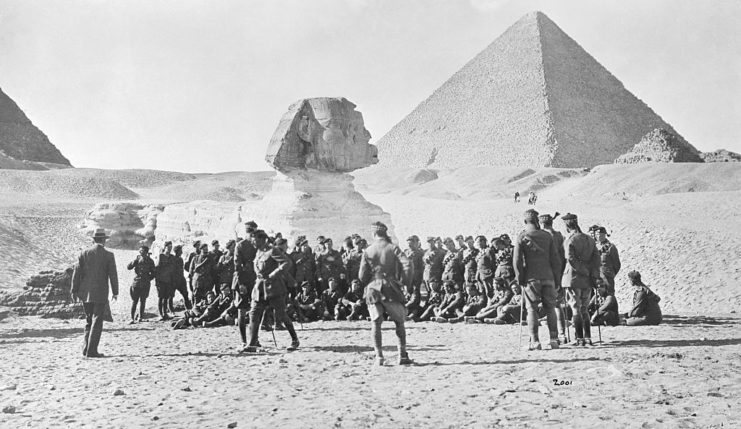
Some people assume that the First World War is called so because nations worldwide fought in this conflict. After all, countries including Canada, Australia, India, and the United States all sent soldiers across the world to fight in Europe.
5. Women did fight in the First World War
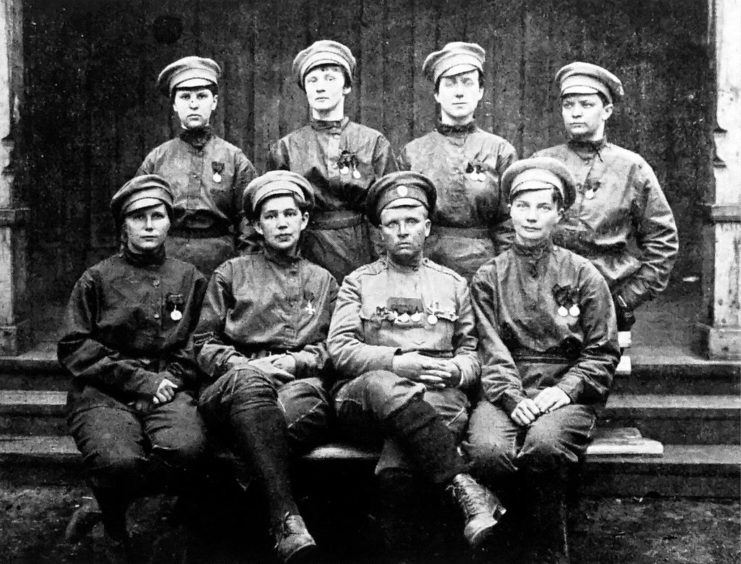
It is absolutely true that the First World War was integral in furthering female suffrage worldwide. A common misconception surrounding the female contribution to the war effort is that women did not actually partake in any fighting during the First World War, and that is simply not the truth!
6. The British really weren’t enthusiastic about the First World War
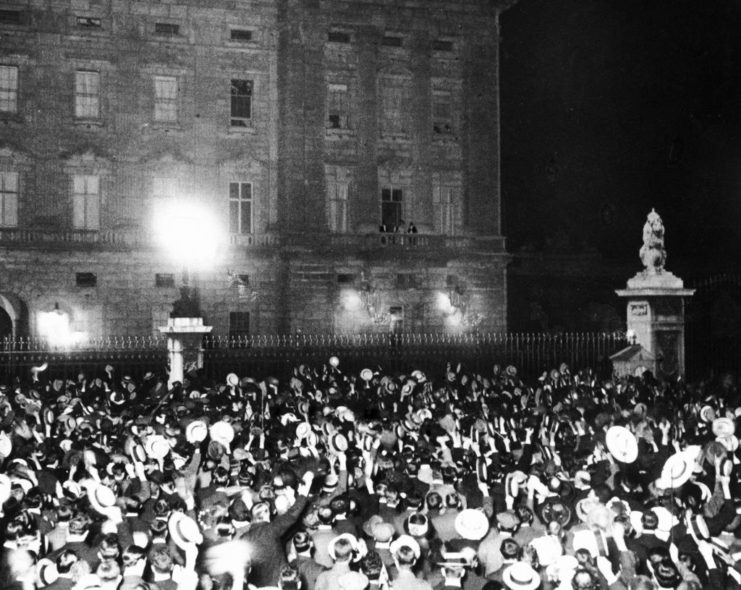
History class teaches us that the world had an utterly naive response to the First World War – that they were excited. Pictures including the one above support this myth, as these photos seem to indicate that the public responded with enthusiasm about the war.
7. American ‘neutrality’ throughout the War
